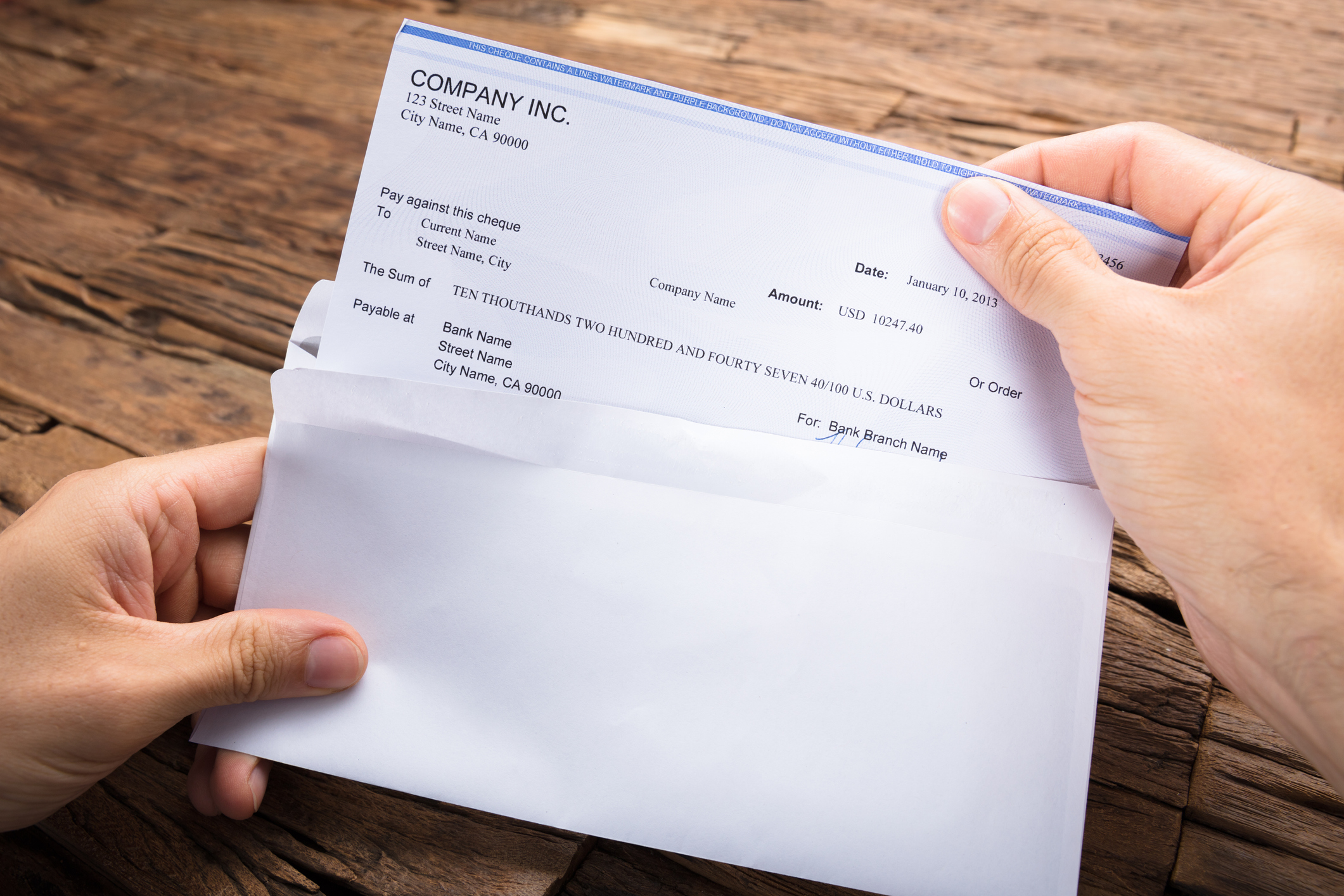Companies often extend credit to other businesses in the form of a note, or a short-term loan. Most notes pay a stated rate of interest, resulting in interest revenue that the lender must record at various points in time until the note comes due.

To account for receivable and income, you'll need nothing more than a good calendar and a basic calculator. Let's work through a simple example of how to calculate and account for interest receivable and interest revenue for notes receivable.
How to calculate interest receivable
There are a few oddities in accounting and finance, the largest being that the financial world typically works on the assumption of a 360-day year, rather than the calendar's 365-day year. Thus, when calculating interest receivable on a note, it's important that you calculate interest based on a 360-day year.
Suppose a company issues a $10,000 note at 9% annual interest to your company that will mature in 60 days. What is the interest receivable on this note?
To calculate the interest receivable on this note, the math would be as follows:
Principal x Interest x Time = Interest receivable
or
$10,000 x 9% x (60 days/360 days) = $150.00
How to calculate interest revenue
Interest revenue is calculated and recorded separately of interest receivable. A note generally creates interest income even though the interest has yet to be paid in cash by the borrower.
Suppose a company issues a $10,000 note at 9% annual interest to your company that will mature in 60 days. The note was issued on Dec. 10, 2015.
In this case, your company will need to account for accrued interest revenue on Dec. 31, 2015, to close out the books for the month and year, well before the note comes due on Feb. 8, 2016. This happens frequently in accrual accounting — revenue is recognized before it is received in cash.
To calculate interest revenue for the 21 days up to the end of the year, you would follow the same steps as in the interest receivable example.
Principal x Interest x Time = Interest revenue
or
$10,000 x 9% x (21 days/360 days) = $52.50
Related investing articles
On Dec. 31, 2015, you would record $52.50 as a credit to interest revenue. Interest receivable would be debited by an equal amount. The remaining interest would be accrued as revenue in future periods as the interest is earned.


















